

Developing thermal imaging as a biomarker to augment “remote visits” where physical exams are not possible
By Kelly Hale, Marketing & Communications Specialist
Mar 05, 2024
Principal Investigators: Philip M. Polgreen, M.D. M.P.H, University of Iowa; Stephen Waller, M.D., University of Kansas Medical Center
In currently hospitalized patients with cellulitis, it’s not always easy to see if the patient is responding to treatment or if there are other underlying issues that could be impacting their treatment. Phil Polgreen, M.D., M.P.H., from the University of Iowa, came up with the idea to use thermal imaging on this group of people. And from initial testing, his team found that thermal imaging gave them an advantage to treating cellulitis.
“This is important research to me. Not uncommonly, it can take some time to see clear improvement in cellulitis, even on the correct antibiotic. Often, providers get concerned when a patient has a lingering fever and high white blood cell count. This may prompt unnecessary antibiotic escalation,” said Stephen Waller, M.D., who is a co-principal investigator on this Pilot project. “And if to the eye, the redness has improved on existing antibiotic therapy, the improvements can still be subtle. With thermal imaging, you’re able to more quickly appreciate the clinical response to therapy.”
And being able to tell earlier in antibiotic therapy is important because it can potentially reduce the length of time a patient takes the antibiotic, the amount of antibiotics a patient is taking and hospitalization time.
“We’ve also noticed that there are uses beyond just hospitalized patients,” Waller said. “What if we were able to study this a bit more in depth and see if we could use it to discern between cases of venous insufficiency where people have a lot of chronic leg swelling due to peripheral vascular disease or heart failure and things like that.”
Venous stasis can mimic cellulitis and you don’t necessarily want to give antibiotics to those patients because of the chronic swelling, so Polgreen and Waller are hoping the use of thermal imaging works to make more informed decisions when treating patients.
Thermal imaging may also be a way to better assess people in situations where specialists may not available, like rural settings, or in rare disease cases where there hasn’t been as much information developed in treatment.
“People with diabetic feet may have an infected toe, the source of the cellulitis that spreads up the leg.” said Waller. “At times, it can be difficult to know if that toe is red and or purple due to infection or whether the toe is non-viable. Thermal imaging has shown that it can help discern a non-viable toe from a toe that simply has vascular congestion. If there is an absence of heat in the toe on thermal imaging, it may be a ‘dead’ toe and require amputation”
With their imaging work, Polgreen and Waller are looking at multiple areas where thermal imaging could potentially have an impact in treating a person.
And while this project is focused on cellulitis, skin and soft tissue infections, other areas of potential use for thermal imaging could include diagnosing frostbite, necrotizing fasciitis, skin perfusion during sepsis, pyoderma gangrenosum, and identifying disease severity of people with eating disorders.
Latest Articles
View All Funded Projects · News
Funded Projects · News
 TL1 Trainee · News
TL1 Trainee · News
 KL2 Scholar · News
KL2 Scholar · News
 Funded Projects · News
Funded Projects · News
 Funded Projects · News
Funded Projects · News
 TL1 Trainee · News
TL1 Trainee · News
 KL2 Scholar · News
KL2 Scholar · News
 Funded Projects · News
Funded Projects · News
 News
News
 TL1 Trainee · News
TL1 Trainee · News
 News
News
 News
News
 Funded Projects · News
Funded Projects · News
 TL1 Trainee · News
TL1 Trainee · News
 Events
Events
 TL1 Trainee · News
TL1 Trainee · News
 News
News
 TL1 Trainee · News
TL1 Trainee · News
 KL2 Scholar · News
KL2 Scholar · News
 News
News
 KL2 Scholar · News
KL2 Scholar · News
 Funded Projects · News
Funded Projects · News
 News
News
 TL1 Trainee · News
TL1 Trainee · News

 TL1 Trainee · News
TL1 Trainee · News
 Services · News
Services · News
 News
News
 Funded Projects · News
Funded Projects · News
 Funded Projects · News
Funded Projects · News
 Funded Projects · News
Funded Projects · News
 TL1 Trainee · News
TL1 Trainee · News
 KL2 Scholar · News
KL2 Scholar · News
 Funded Projects · News
Funded Projects · News
 News
News
 News
News
 News
News
 News
News
 News
News
 News
News
 News
News
 News
News
 News
News
 News
News
 News
News
 News
News
 News
News
 News
News
 Funded Projects · News
Funded Projects · News
 Funded Projects · News
Funded Projects · News
 KL2 Scholar · News
KL2 Scholar · News
 News
News
 News
News
 KL2 Scholar · News
KL2 Scholar · News
 KL2 Scholar
KL2 Scholar
 News
News
 News
News
 KL2 Scholar · News
KL2 Scholar · News
 News
News
 News · In the Community · Funded Projects
News · In the Community · Funded Projects
 Funded Projects · News
Funded Projects · News
 Funded Projects · News
Funded Projects · News
 Funded Projects · News
Funded Projects · News
 Funded Projects · News
Funded Projects · News
 News
News
 Funded Projects · News
Funded Projects · News

 TL1 Trainee · News
TL1 Trainee · News
 Funded Projects · News
Funded Projects · News
 Events · News
Events · News
 Funded Projects · News
Funded Projects · News

 Funded Projects · News
Funded Projects · News
 TL1 Trainee · News
TL1 Trainee · News
 News · In the Community · Funded Projects
News · In the Community · Funded Projects
 Funded Projects · News
Funded Projects · News
 KL2 Scholar · News
KL2 Scholar · News
 TL1 Trainee · News
TL1 Trainee · News
 News
News
 News
News
 KL2 Scholar · News
KL2 Scholar · News
 TL1 Trainee · News
TL1 Trainee · News
 News
News
 News
News
 Funded Projects · News
Funded Projects · News
 Events · News
Events · News

 KL2 Scholar · News
KL2 Scholar · News
 News
News

 Funded Projects · News
Funded Projects · News
 News
News
 Partner News · News
Partner News · News
 News · In the Community
News · In the Community

 0
0

 Funded Projects · News
Funded Projects · News
 Funded Projects · News
Funded Projects · News
 News
News
 Funded Projects · News
Funded Projects · News
 Funded Projects · News
Funded Projects · News
 News
News
 Events · News
Events · News
 TL1 Trainee · News
TL1 Trainee · News
 TL1 Trainee · News
TL1 Trainee · News
 News
News
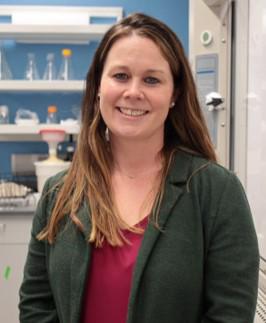 Funded Projects · News
Funded Projects · News
 News
News
 Partner News · News
Partner News · News
 TL1 Trainee · News
TL1 Trainee · News
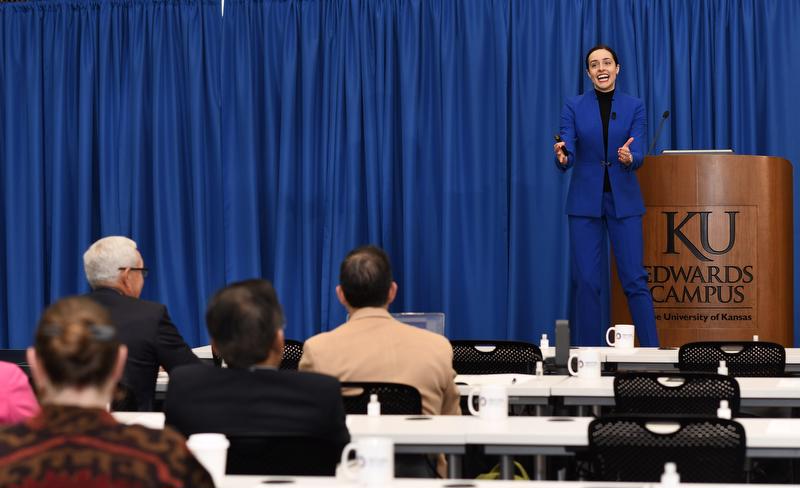 Events · News
Events · News
 KL2 Scholar · News
KL2 Scholar · News
 News
News
 TL1 Trainee · News
TL1 Trainee · News
 News · KL2 Scholar
News · KL2 Scholar

 TL1 Trainee · News
TL1 Trainee · News
 Events · News
Events · News
 News
News
 News
News


 News
News

 40
40

 News
News
 News
News
 TL1 Trainee · News
TL1 Trainee · News
 News
News
 Funded Projects · News
Funded Projects · News
 News · In the Community
News · In the Community
 Funded Projects · News
Funded Projects · News
 In the Community
In the Community
 News · In the Community · Partner News
News · In the Community · Partner News
 KL2 Scholar · News
KL2 Scholar · News
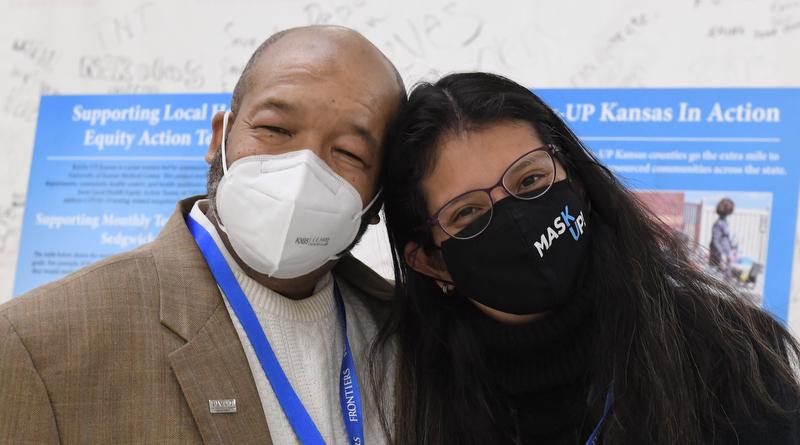 News · In the Community
News · In the Community
 Events · News · Services
Events · News · Services
 Funded Projects · News
Funded Projects · News
 KL2 Scholar · Funded Projects · News
KL2 Scholar · Funded Projects · News
 TL1 Trainee · Funded Projects · News
TL1 Trainee · Funded Projects · News
 News
News
 News
News
 KL2 Scholar · Funded Projects
KL2 Scholar · Funded Projects
 KL2 Scholar · Funded Projects
KL2 Scholar · Funded Projects
 Events · News
Events · News
 News
News
 KL2 Scholar · Funded Projects
KL2 Scholar · Funded Projects
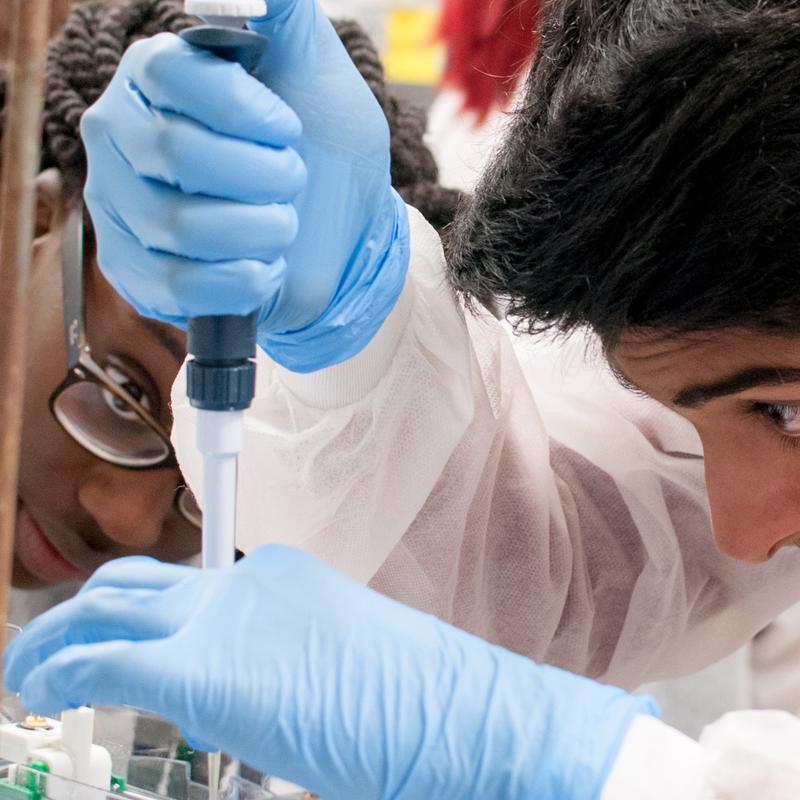 News
News
 Funded Projects
Funded Projects

 TL1 Trainee
TL1 Trainee
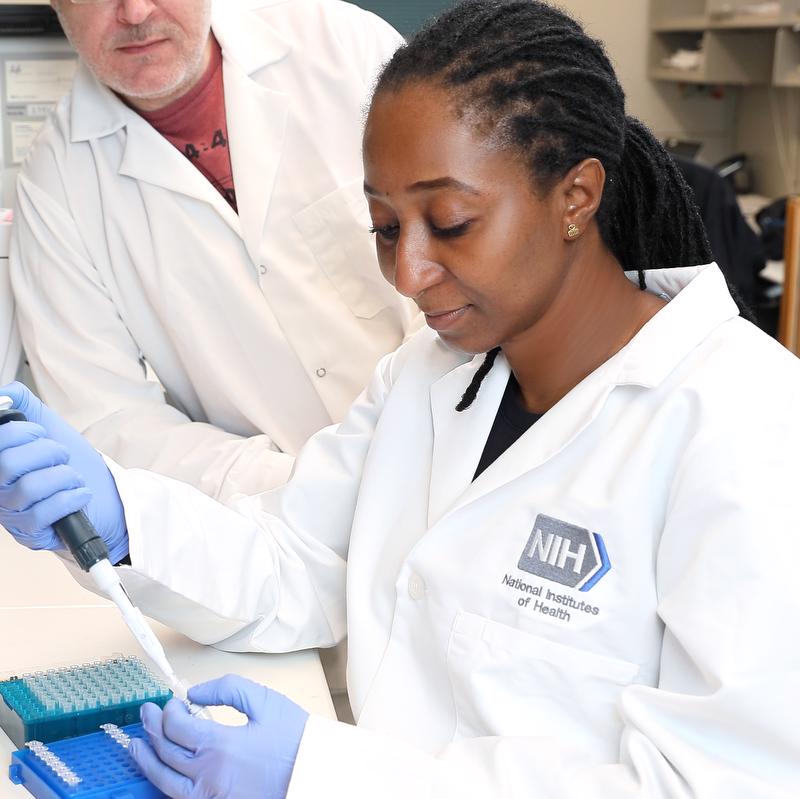 News
News
 Funded Projects
Funded Projects



